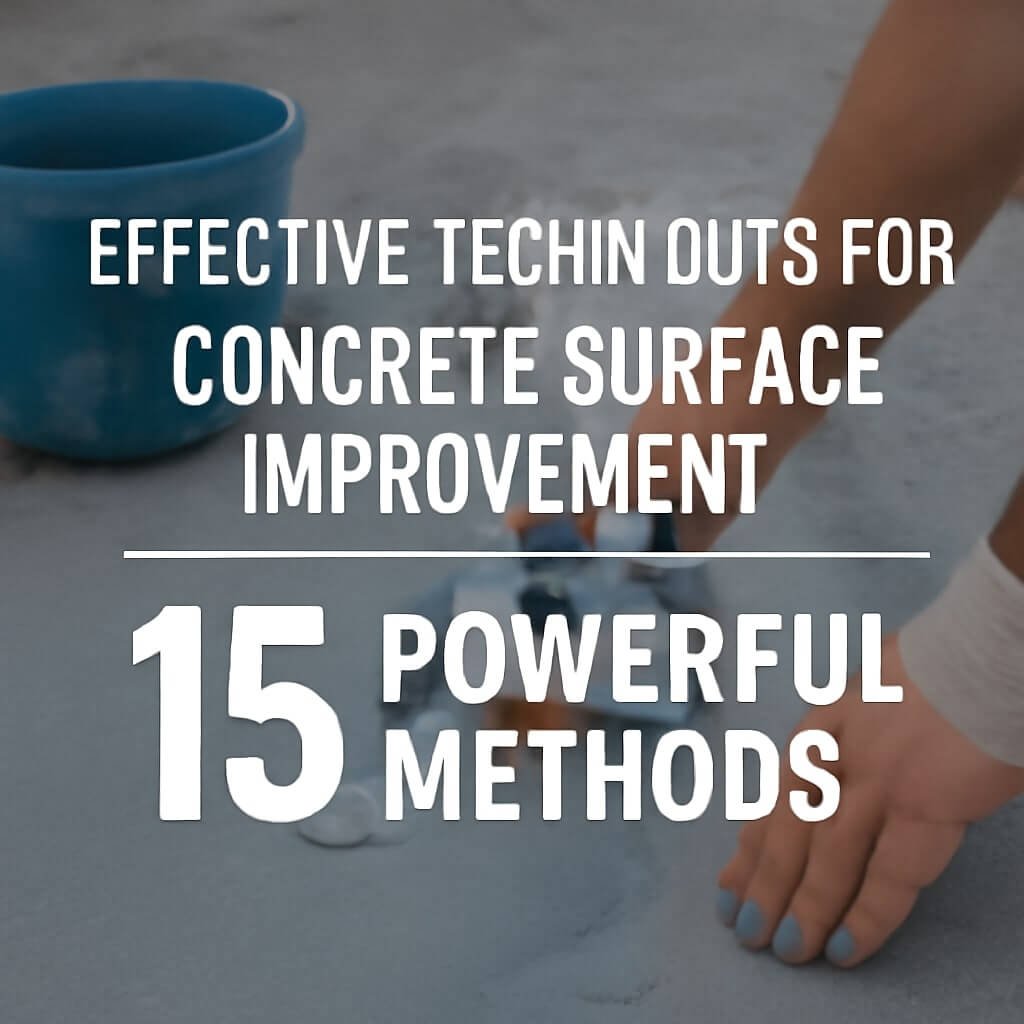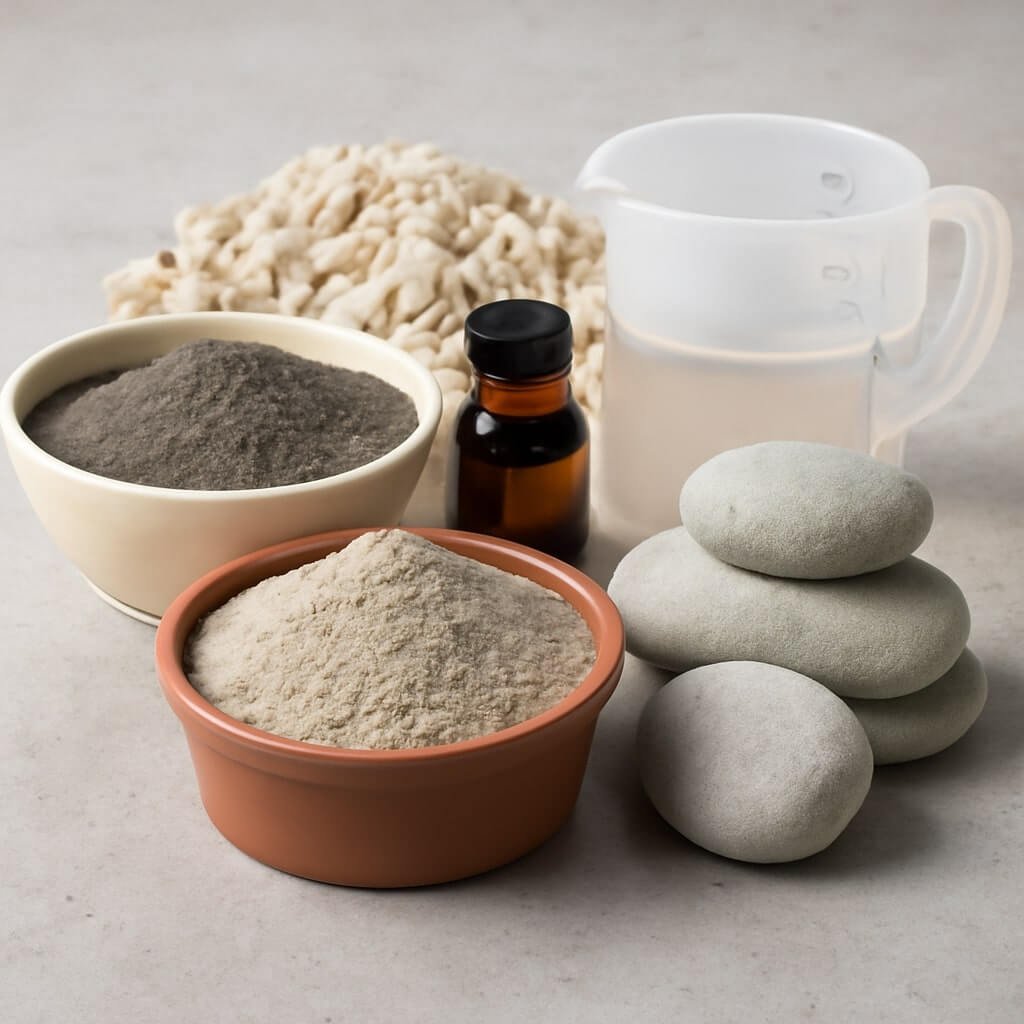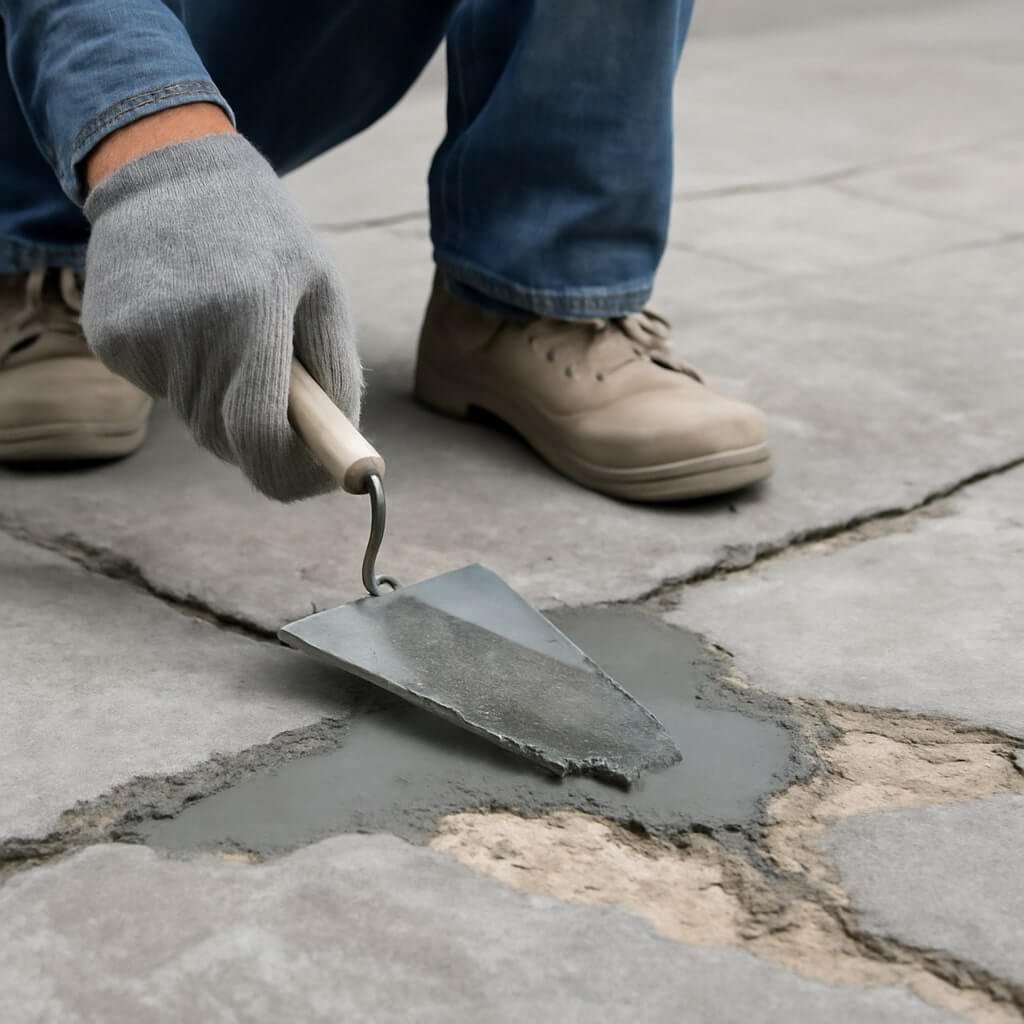Concrete is one of the most widely used construction materials globally, prized for its strength, versatility, and affordability. However, its surface quality can significantly affect both the appearance and longevity of structures. Improving concrete surfaces is crucial not only to enhance aesthetics but also to protect against wear, weathering, and structural damage. Whether in residential driveways, commercial floors, or industrial sites, concrete surface improvement techniques help extend service life and reduce maintenance costs.
Concrete surfaces are exposed to a range of environmental factors like moisture, temperature fluctuations, chemical exposure, and mechanical stresses. Without proper treatment or maintenance, surfaces may deteriorate—leading to cracking, spalling, discoloration, or rough textures that undermine both functionality and safety.
In this article, we will explore 12 effective techniques for concrete surface improvement that combine traditional and modern approaches. These methods are proven to enhance durability, resistance, and appearance. Along the way, you’ll discover preparation steps, maintenance tips, and expert insights to help you achieve the best results for your concrete projects.
Understanding Concrete Surface Problems

Before diving into improvement techniques, it’s important to understand common issues that concrete surfaces face:
- Cracking: Often caused by shrinkage, temperature changes, or structural movement, cracks reduce strength and allow water ingress.
- Spalling: The flaking or breaking away of surface layers, often due to freeze-thaw cycles or poor finishing.
- Discoloration: Staining or uneven coloring caused by moisture, chemicals, or improper curing.
- Scaling: Surface peeling due to freeze-thaw damage or chemical exposure.
- Roughness or Uneven Texture: Resulting from poor finishing or abrasion over time.
- Delamination: Separation of the surface layer from the underlying concrete, weakening structural integrity.
Identifying these issues early is essential, as they determine which improvement methods are most suitable.
Key Factors Affecting Concrete Surface Quality
Several factors influence the quality and durability of concrete surfaces, including:
- Material Quality: Cement type, aggregates, and water-cement ratio impact surface texture and strength.
- Mix Design: Proper mix ensures optimal hydration and minimizes shrinkage.
- Environmental Conditions: Temperature, humidity, and exposure to chemicals affect curing and aging.
- Workmanship: Finishing techniques, timing, and application of curing agents are critical.
- Load and Usage: High-traffic or industrial environments require more durable surface treatments.
Understanding these helps in selecting and tailoring the right surface improvement approach.
Preparation Before Surface Improvement
Proper surface preparation is the foundation of any successful concrete improvement project. Preparation typically involves cleaning, repairing, and profiling the surface to ensure adhesion and effectiveness of treatments.
Cleaning Techniques for Concrete Surfaces
- Pressure Washing: Uses high-pressure water jets to remove dirt, oils, and loose materials.
- Chemical Cleaning: Application of detergents or solvents to break down stubborn stains or grease.
- Abrasive Cleaning: Methods like sandblasting or shot blasting roughen the surface to promote bonding.
Repairing Surface Defects
- Crack Filling: Using epoxy or polyurethane injections to seal cracks and restore strength.
- Patching: Application of repair mortars to fill spalls or holes.
- Resurfacing: Applying thin overlays to smooth and protect the surface.
Adequate preparation ensures the long-term success of improvement techniques and prevents future deterioration.
Top 12 Techniques for Concrete Surface Improvement
Now, let’s explore the proven methods to improve concrete surfaces, focusing on durability, appearance, and maintenance.
1. Surface Grinding and Polishing
Grinding removes surface irregularities and prepares the concrete for polishing or coating. Polishing enhances appearance and creates a smooth, reflective finish suitable for commercial floors. This mechanical method also reduces dust and improves slip resistance.
2. Chemical Hardeners and Sealers
Silicate-based hardeners penetrate concrete to densify and strengthen the surface, reducing dusting and wear. Sealers form protective barriers against moisture, chemicals, and stains, available in penetrating, film-forming, or acrylic types.
3. Epoxy and Polyurethane Coatings
These coatings provide a robust protective layer resistant to abrasion, chemicals, and impact. Epoxy coatings are ideal for industrial floors, while polyurethane offers UV resistance and flexibility for outdoor applications.
4. Concrete Overlays and Toppings
Thin overlays restore damaged surfaces or add decorative finishes. They can be cement-based or polymer-modified, providing improved texture, color, and resistance to wear.
5. Shot Blasting and Sandblasting
Abrasive techniques that clean and roughen surfaces to improve bonding for coatings or overlays. Shot blasting uses steel beads; sandblasting employs sand or other media.
6. Crack Injection and Epoxy Repair
Injection of epoxy resins into cracks restores structural integrity and prevents water ingress. This method is effective for both minor and significant cracks.
7. Waterproofing Membranes and Barriers
Applying waterproof membranes protects concrete from moisture penetration, reducing freeze-thaw damage and corrosion of reinforcement.
8. Surface Texturing and Profiling
Techniques such as broom finishing or stamping add slip resistance and aesthetic appeal, particularly for outdoor surfaces.
9. Use of Fibre Reinforcement in Surface Layers
Fibres like polypropylene or steel added to overlays or repair mortars help control cracking and improve toughness.
10. Application of Nano-coatings
Emerging technologies involve nanomaterials to create ultra-thin protective layers that enhance durability and self-cleaning properties.
11. Use of Integral Colour and Stains
Adding pigments or stains during or after application improves surface aesthetics while offering some protective benefits.
12. Regular Maintenance and Inspection
Routine cleaning, sealing, and repair ensure long-term surface performance and delay costly replacements.
Frequently Asked Questions (FAQs)
How often should concrete surfaces be resealed?
Can damaged concrete surfaces be restored without full replacement?
What is the best method to prevent cracking?
Are chemical sealers safe for outdoor use?
How do nano-coatings compare with traditional sealers?
What is the role of surface profiling before coating application?
Conclusion: Achieving Durable and Aesthetic Concrete Surfaces
Concrete surface improvement is a vital aspect of construction and maintenance that balances durability, safety, and appearance. By understanding common problems, factors affecting quality, and applying suitable preparation and treatment methods, you can significantly extend the life and functionality of concrete surfaces.
From grinding and sealing to advanced nano-coatings and fiber reinforcement, the array of techniques available today empowers contractors and property owners to tailor solutions to their specific needs. Remember, regular maintenance is key to preserving the benefits of any surface improvement strategy.



